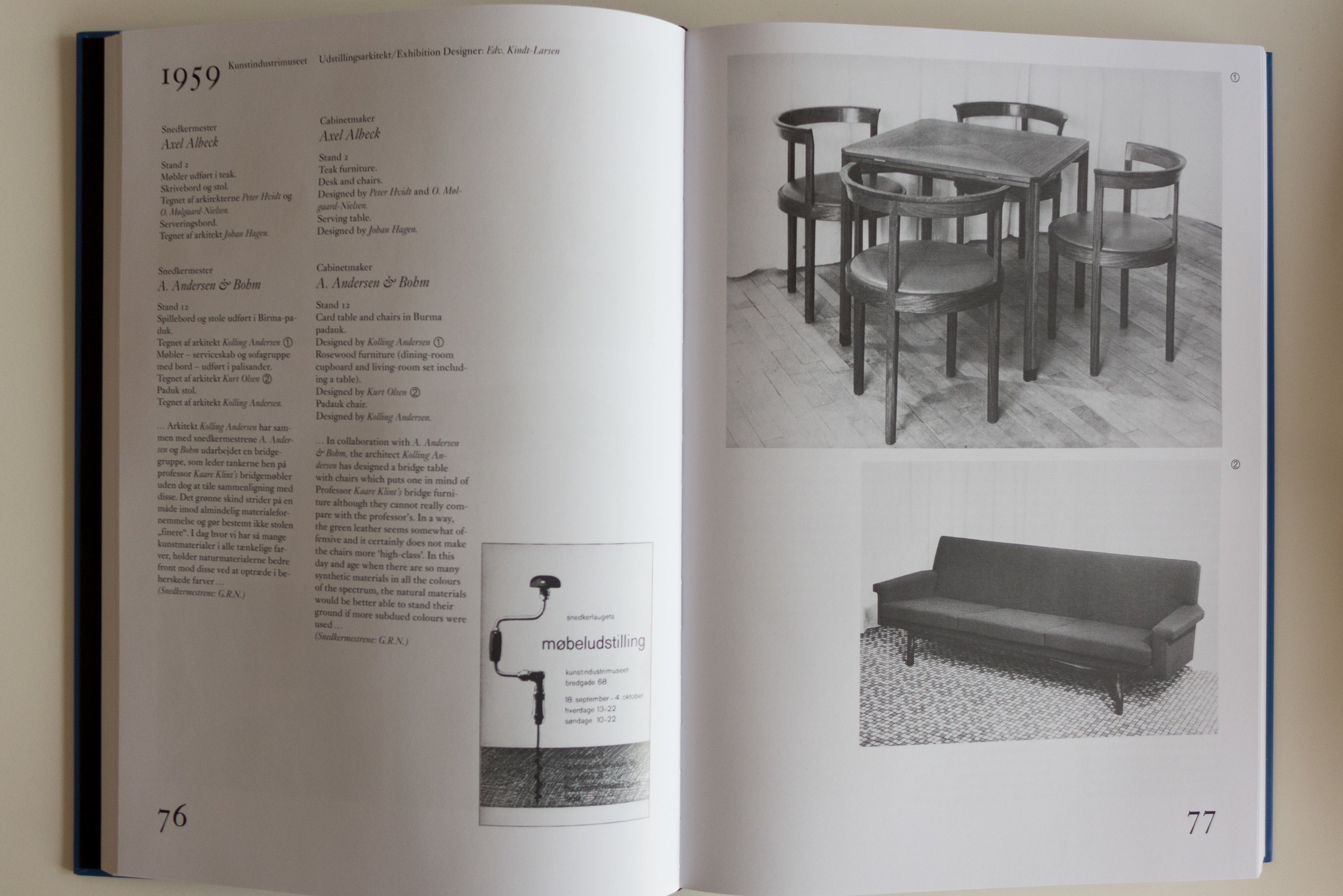Anatomy of Colour
/
The Anatomy of Colour begins with types of paint - from distemper to lime wash to milk paint and more - and then Patrick Baty sets out the sources of pigment for those paints so through white paint, black paint and then on to each colour through the blues, the browns, greens, reds and yellows - so, generally, for each colour, he traces the development from natural pigments, from plants and minerals, to the by-products of emerging industries and then on to the first pigments by industrial chemists.
Historic practices and techniques for house painters are discussed; there are fascinating reproductions of historic catalogues for the paint brushes and the tools of professional painters and the author looks at the early organisation of guilds and paint companies. However, for designers, the important contribution of the book comes from the extensive number of historic colour charts reproduced along with summaries of early colour theories and detailed discussions for each major period or each major style and fashion, that helps set historic design within the context of colour. He combines longer sections of text with carefully designed double-page spreads and uses longer captions effectively so you can sit and read the book cover to cover or you can use the book and its images as a reference encyclopaedia seeing where cross references take you.
We tend to describe styles and the relatively distinct periods of interior design in terms of the forms and types of furniture that were popular in a certain period and we also recognise distinct patterns that appear on furniture or are reproduced on textiles but certainly styles or periods can have distinct preferences for colours or, and more interesting, for the juxtaposition of certain colours. Even the choice of materials can be determined by what are fashionable or unfashionable colours so distinctly orange Oregon Pine was popular for a relatively short period and Formica was as much about having a wide selection of deep strong colours as it was about having a smooth clean surface for food preparation.
Reproductions from historic paint charts and books or articles about colour theories by contemporary artists and designers show how the presentation of colours and any general discussion about colour can influence our choice of colours for our homes. We may not even realise we are being influenced because, of course, although we feel now that there is almost infinite choice, what we see clearly here is that what designers select and what companies produce and make available and what they advertise all influence that choice.
It is absolutely right to describe this book as an anatomy of colour because, in a careful and scholarly way, the technical development of household paints and the theories of colour and the preference for certain colours in certain periods is dissected. It feels, in a good way, like sitting in an old-fashioned lecture theatre with high banks of seats to watch someone with skill take something apart, with care, to say now look at this … isn’t it fascinating … and this is how and why it works.
The Anatomy of Colour, The Story of Heritage Paints and Pigments, Patrick Baty, Thames & Hudson (2017)









































